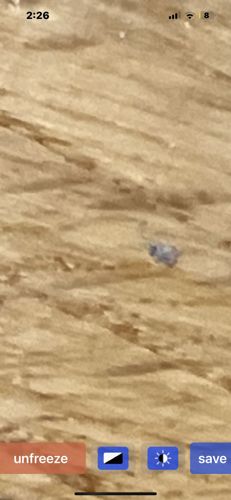Dust Mite
Scientific Name: Dermatophagoides spp.
Order & Family: Acariformes, Pyroglyphidae
Size: 200-400 micrometers (0.2-0.4 mm) long, microscopic and invisible to the naked eye.

Natural Habitat
Indoor environments, especially beds, carpets, upholstered furniture, and clothing, thriving in warm, humid conditions.
Diet & Feeding
Primarily feed on dead skin cells (dander) shed by humans and pets. They also consume fungi that grow on these skin flakes.
Behavior Patterns
Dust mites are non-parasitic and do not bite. They are most active in darkness and prefer stable environments. Their life cycle lasts about 2-3 months, involving egg, larvae, nymph, and adult stages.
Risks & Benefits
Potential Risks: Major allergen source for humans, triggering asthma, eczema, and allergic rhinitis in sensitive individuals. Their fecal matter and body fragments are the primary allergens. Potential Benefits: Part of the decomposition process in indoor environments by consuming organic detritus.
Identified on: 9/10/2025